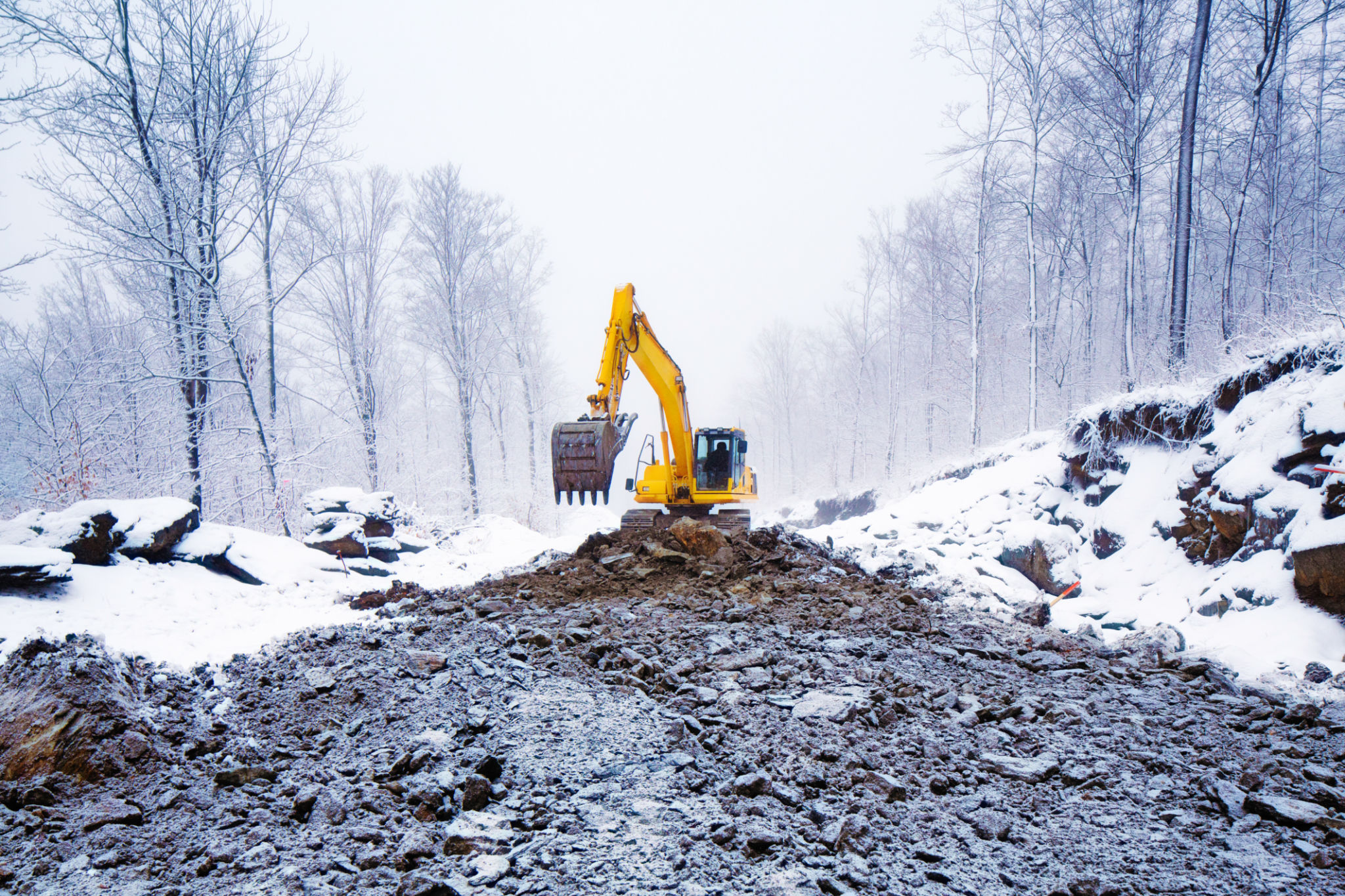Winter Construction Safety Tips from Local Engineers
Da
Understanding the Importance of Winter Safety in Construction
Winter months bring a unique set of challenges to construction sites. Snow, ice, and freezing temperatures can pose significant risks to both workers and project timelines. Local engineers emphasize the need for tailored safety protocols to ensure that construction activities proceed smoothly and safely during the cold season.
With proper planning and implementation of safety measures, construction projects can continue efficiently, minimizing downtime and preventing accidents. Let's delve into some essential winter construction safety tips provided by experts in the field.

Preparing the Site for Winter Conditions
Site Assessment and Weather Monitoring
Before winter sets in, conduct a comprehensive site assessment to identify potential hazards such as icy surfaces or areas prone to snow accumulation. Engineers recommend installing weather monitoring systems to receive real-time updates and alerts on approaching storms or sudden temperature drops.
Implementing Effective Snow and Ice Management
Efficient snow and ice management is crucial for ensuring worker safety. Regularly clear pathways, scaffolding, and access points to prevent slips and falls. Use salt or sand to increase traction in high-traffic areas. Additionally, ensure that all machinery and vehicles are winterized, with appropriate tires and antifreeze levels checked regularly.

Protecting Workers in Cold Environments
Providing Adequate Clothing and Gear
Workers must be equipped with appropriate winter clothing to combat freezing temperatures. Layered clothing, insulated gloves, thermal socks, and waterproof boots are essential. Encourage workers to wear high-visibility gear as shorter daylight hours can reduce visibility on site.
Health and Safety Training
Regular safety training is vital during winter months. Educate workers on recognizing the signs of hypothermia and frostbite. Implement a buddy system where workers can look out for one another's well-being. Ensure that warm-up shelters or heated break areas are available for regular rest periods.
Maintaining Equipment for Winter Operations
Regular Inspection and Maintenance
Harsh weather conditions can take a toll on construction equipment. Regularly inspect machinery for any signs of wear or damage, paying close attention to hydraulic systems and electrical components. Preventative maintenance can reduce the likelihood of equipment failure during critical operations.

Using Safe Operating Practices
Ensure operators are trained in safe practices specific to winter conditions. For example, machinery should be operated at reduced speeds on icy surfaces. Additionally, allow engines to warm up before full operation to avoid mechanical stress.
Emergency Preparedness on Site
Emergency preparedness is critical in ensuring that any incidents are promptly addressed. Develop an emergency response plan tailored to winter hazards, including procedures for evacuation during blizzards or severe weather events. Stock emergency supplies such as blankets, first-aid kits, and non-perishable food items in accessible locations.
By employing these winter construction safety tips, sites can maintain productivity while safeguarding the well-being of all workers involved. As local engineers consistently highlight, proactive measures are the cornerstone of a safe and successful winter construction season.